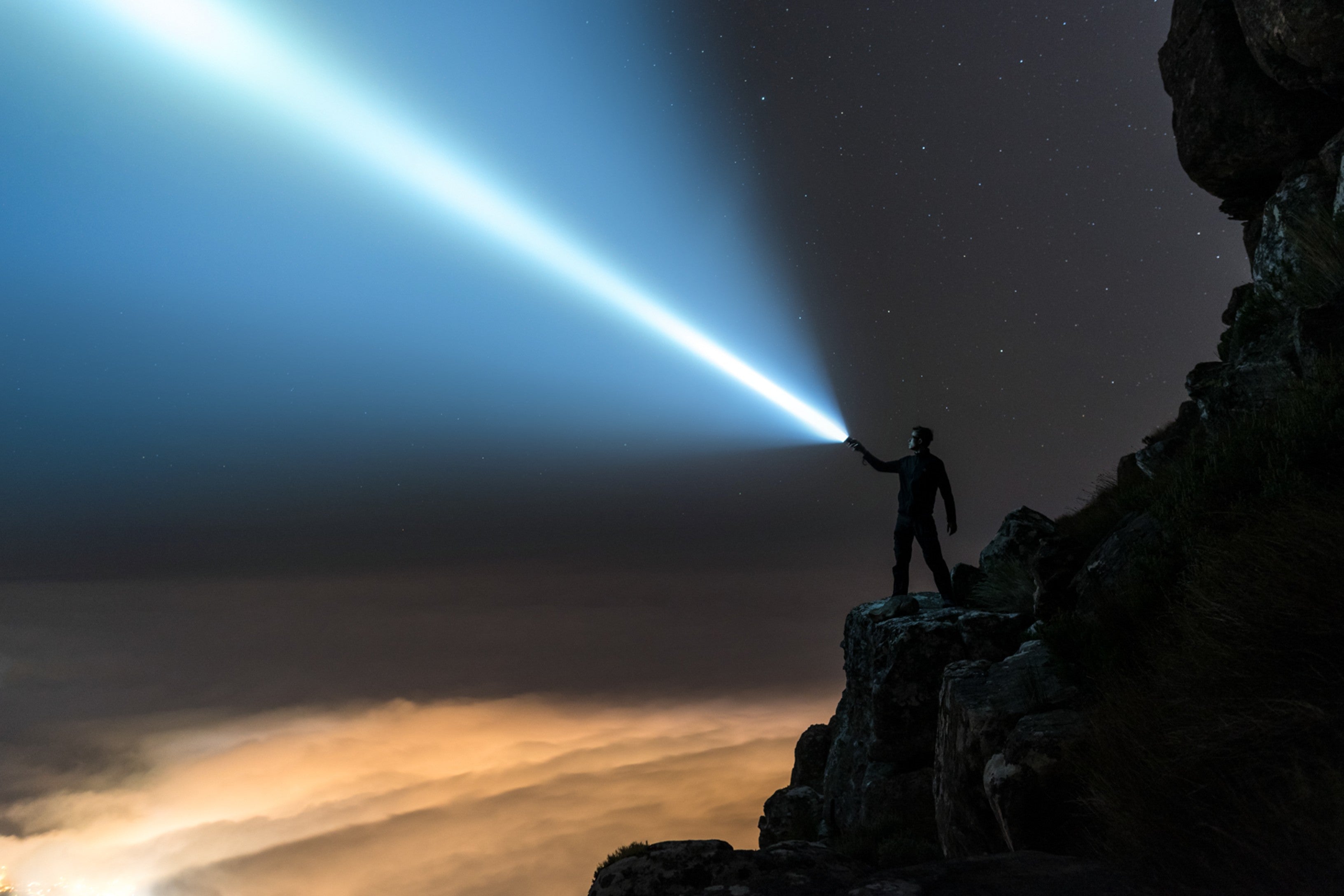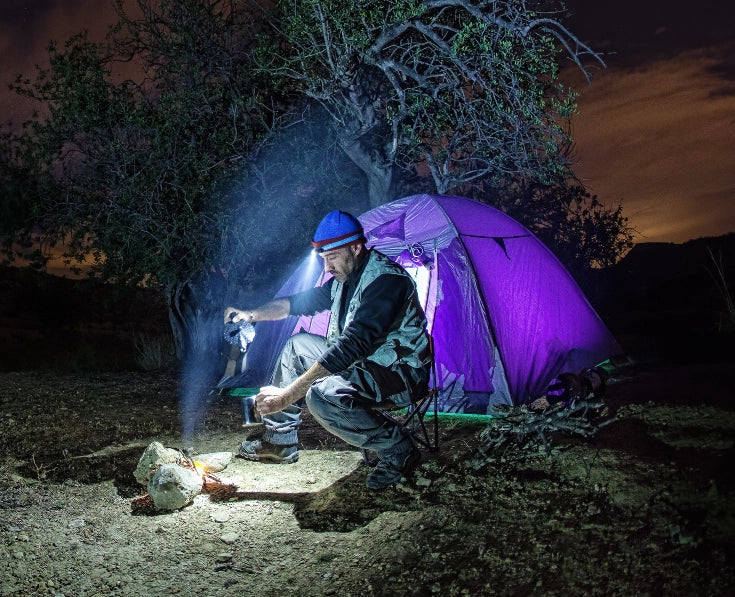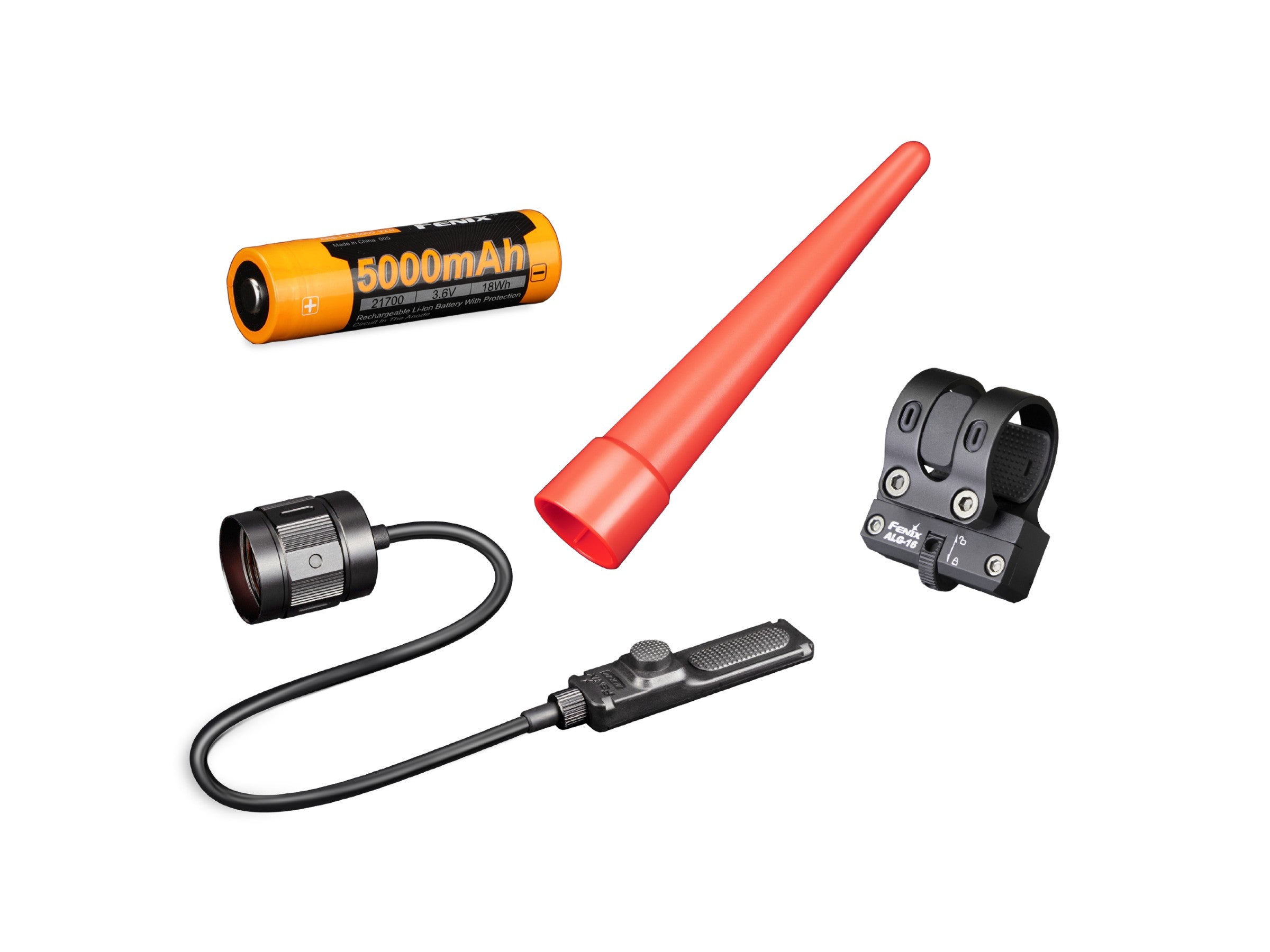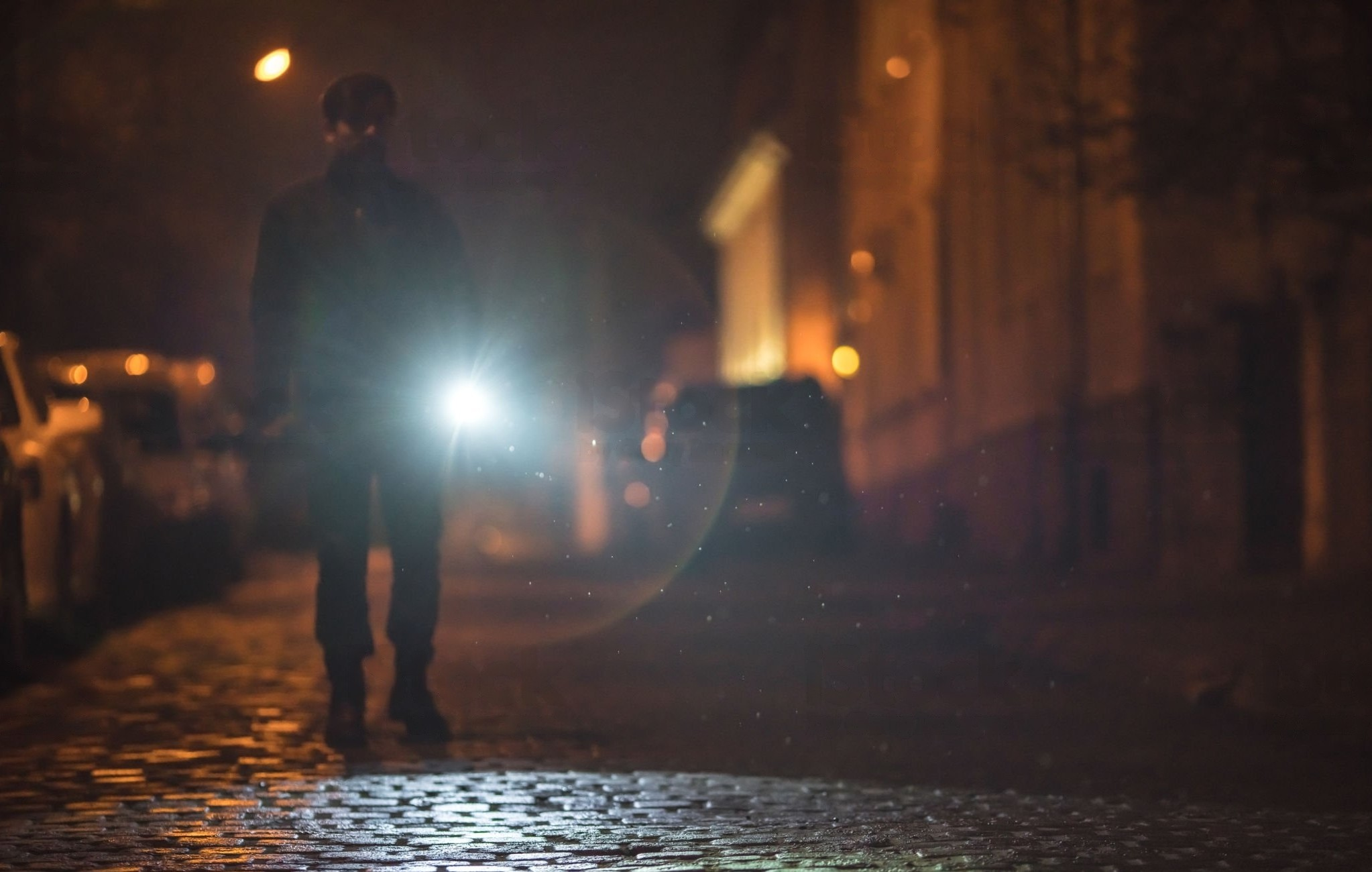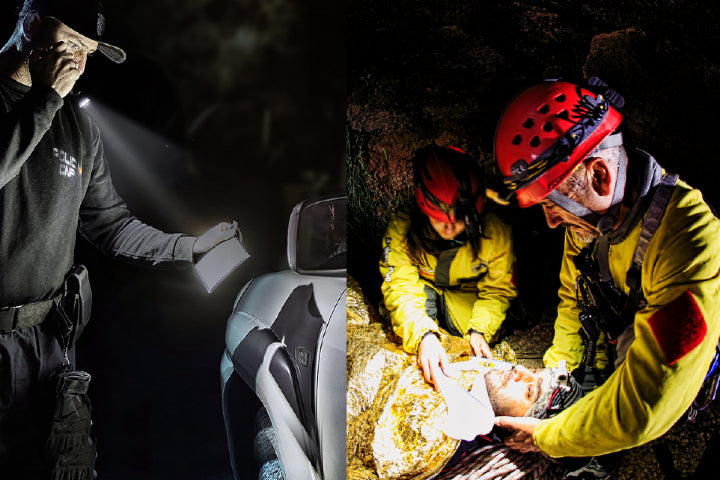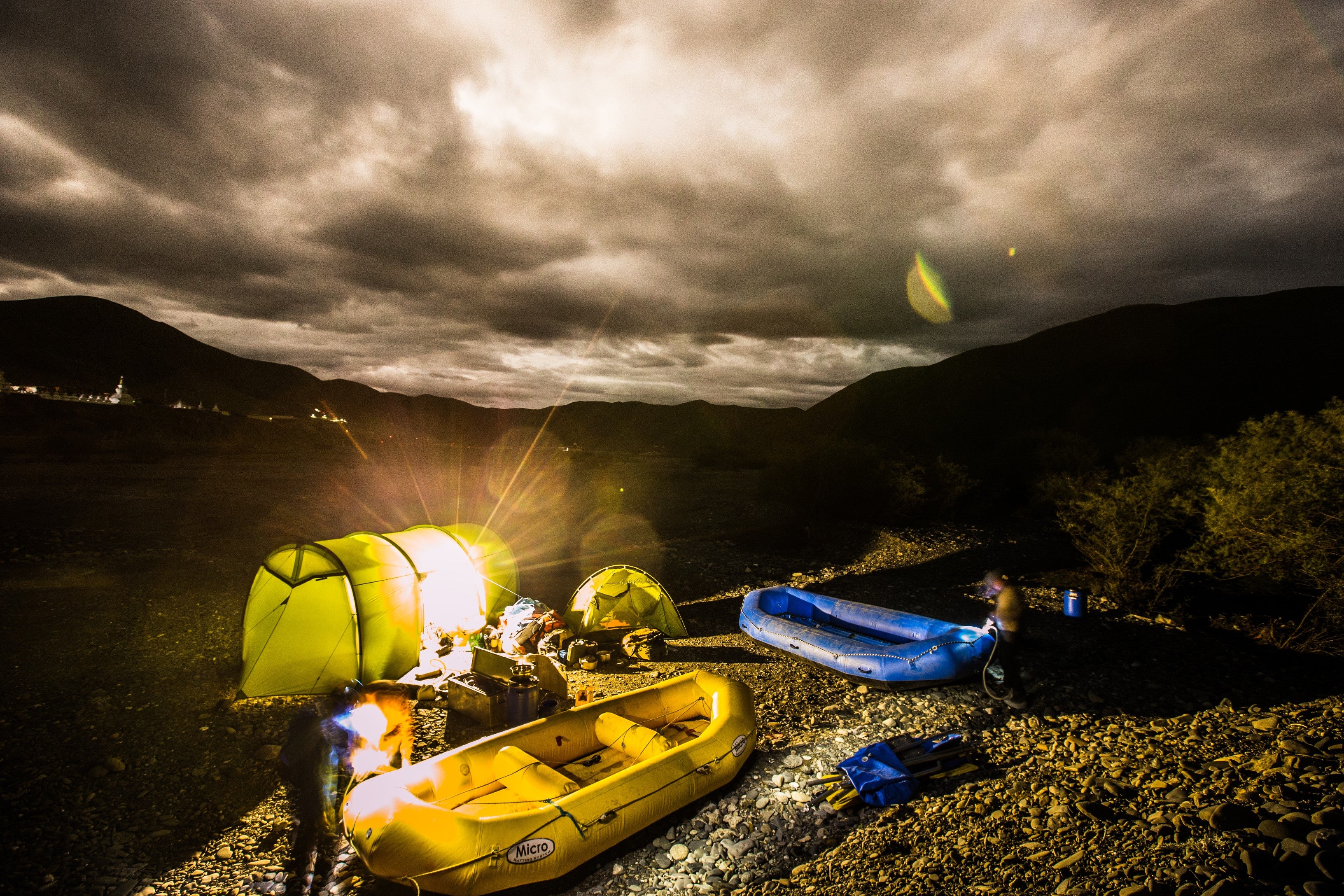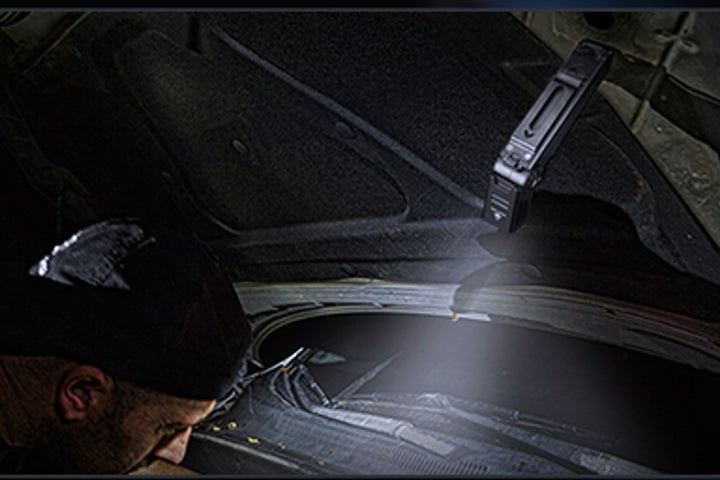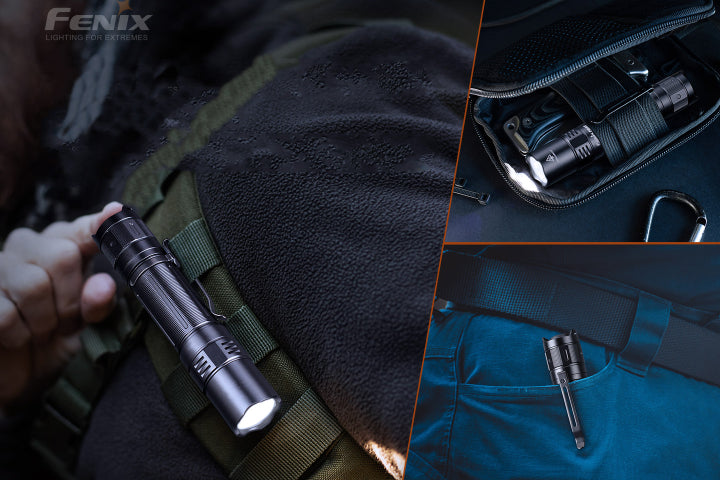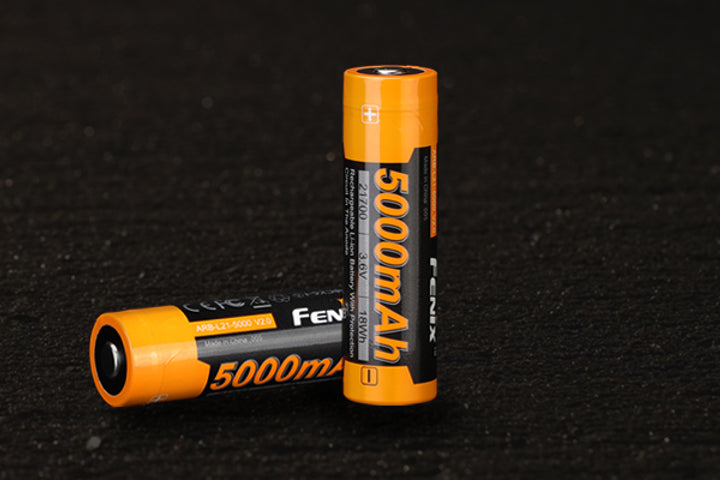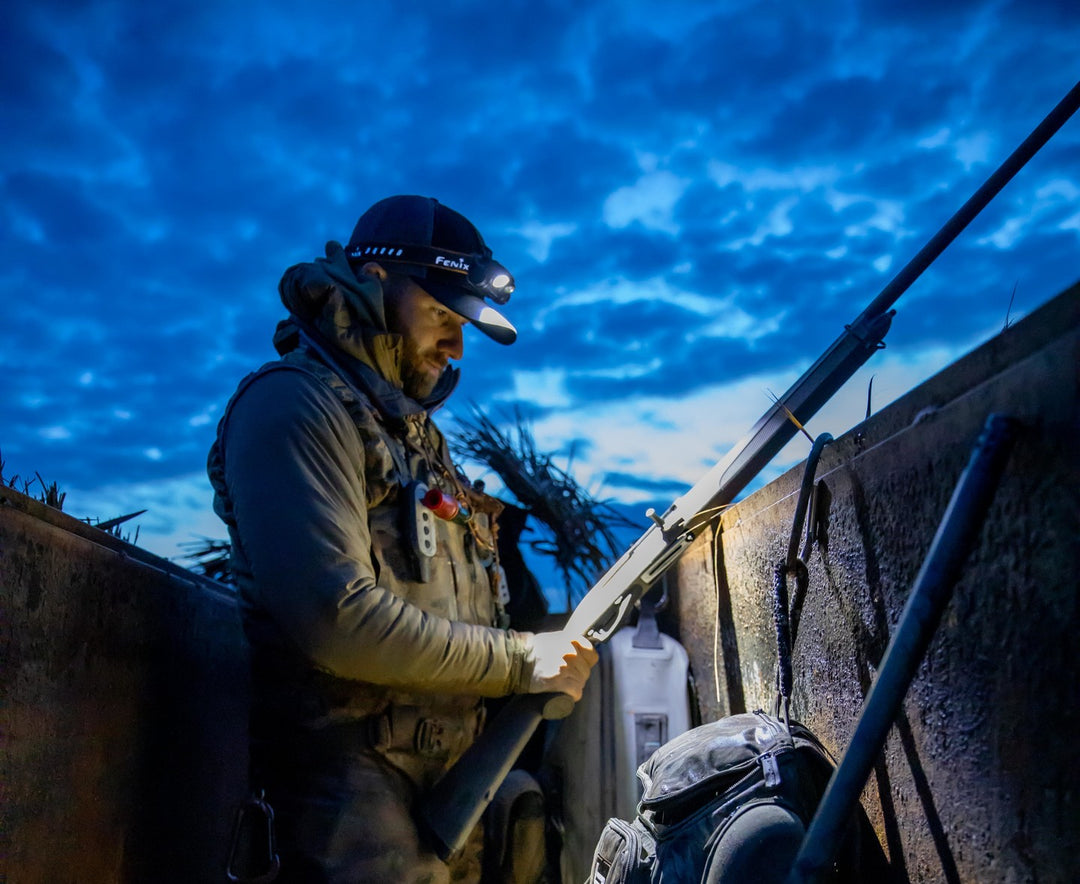How to Find Free Camping Spots Wherever You Go
With so many ways to find free camping spots, it’s easy to plan a budget-friendly and convenient stay with mother nature. Not only do free camping spots help save you money, but they’re also still likely to offer breathtaking views and solitude from other campers.
But there’s no question that travel planning can be overwhelming. That’s why we’ve outlined all the resources you need to find free camping spots so you enjoy the great outdoors at minimal cost.
Quick Takeaways
- There are several types of free camping, such as boondocking, dispersed camping, stealth camping, dry camping and backcountry camping
- Free campsites offer solitude from others, reservation-free planning and flexibility in schedules
- The best ways to find free camping spots include the Bureau of Land Management, US Forest Service, business parking lots, neighborhoods and truck stops
- When trying to find free camping spots, do not consider military bases, schools, parks with playgrounds, construction sites, airports or private property
Knowing how to find free camping spots can not only help simplify your trip’s planning process, but also minimize its costs.
What Exactly Is Free Camping?
Free campsites offer a place to stay overnight in your camper, tent, van or RV, free of charge. Within the United States, there are several different types of free campsites. Understanding each type will help determine which one is best for your trip.
- Boondocking. As the most popular term for “free camping”, boondocking includes all types of free camping spots. This is commonly used amongst avid roadtrippers and long-term travelers throughout the US.
- Dispersed Camping. This is the official term for free camping. When searching on National Forest Service or Bureau of Land Management websites, the term “dispersed camping” is used to find free camping spots.
- Stealth Camping. When stealth camping, there is intention to blend in with one’s surroundings. Stealth campers typically set up camp in neighborhoods and parking lots to be protected and show respect to locals.
- Dry Camping. Free campsites that identify with dry camping are without water and electrical hook ups.
- Backcountry Camping. Also known as “primitive camping” or “wild camping”, backcountry camping refers to when people bring only the bare essentials to hike and camp on foot into the wilderness.
Regardless of which type of camping you plan to do, there is almost always a way to find free camping spots within the area.
Why Find Free Camping Spots?
Many people choose to find free camping spots because of the many benefits associated with doing so. Aside from saving money, free camping spots also offer:
- Solitude from others. Campgrounds often become crowded, especially in warm weather months, whereas free campsites offer solitude and seclusion.
- Reservation-free planning. Free campsites do not require reservations and relieve stress associated with booking your campsite quickly to beat the crowd.
- Flexibility. Because there’s no need to make reservations, free camping spots make room for flexibility in your travels. Shifting your plans is easy when you don’t have to worry about canceling a reservation or lengthening your trip.
Free campsites are ideal for last-minute trips because they simplify the planning process. They’re also perfect for emergency or unexpected situations, like getting a flat tire after dark.
How To Find Free Camping Spots
There are several ways to find free camping spots before or during your trip. Below, you’ll find the safest, most popular methods for camping free of charge.
Bureau of Land Management (BLM)
The Bureau of Land Management (BLM) is in charge of regulating public lands. These lands are often used for livestock grazing, energy development, recreation, historical resources and more. While the BLM also has campgrounds that require you to pay a fee, most campsites offer free dispersed camping.
BLM dispersed campsites are ideal for tent camping, but are also commonly used for vans, campers and RVs. To learn more about free camping on BLM campgrounds, visit their website and view their map to find the perfect spot for your trip.

United States Forest Service
The US Forest Service (USFS) regulates more than 193 million acres of land across the United States. This agency belongs to the US Department of Agriculture and has several locations that allow dispersed camping.
Although, before committing to a USFS free camping spot, it’s important to note the following:
- Amenities are not provided (dry camping)
- You may stay for a maximum of 16 days
- Leave No Trace Principles are enforced
- Travelers may stay in dispersed camping areas only
- Campfires are only permitted in fire rings

To learn more about the USFS guidelines, visit their website here. The USFS advises for campers to contact the nearest Forest Service office to find areas that allow dispersed camping.
Business Parking Lots
Another option to consider is staying overnight in a business parking lot. Many businesses allow campers to park overnight for free– you just have to receive approval from the manager before doing so. Some examples of businesses that allow free, overnight parking include:
- Costco, Sam’s Club and Walmart
- Casinos
- Home Improvement Stores (such as Home Depot)
- Cracker Barrel
- Camping World
- 24 Hour Fitness Centers

Before committing to a specific location, be sure to research and abide by local laws. Some cities have laws against sleeping or camping in cars, so it is always best to first speak with a business manager and ask questions.
Rest Stops and Truck Stops
Driving long distances always requires a break, and rest stops are ideal when it comes to free overnight parking. Rest stops and truck stops typically offer fuel, food and restrooms, making them a great place to regroup when you’re on the road.
As with any free camping spot, it’s important to do your research beforehand to ensure safety during your stay.
Neighborhoods and Backstreets
Neighborhoods and backstreets are considered safe places to camp for free overnight, but it’s best to do so when you know someone living in the area. In many cases, unknown vehicles in a neighborhood result in a call to law enforcement for suspicious activity.
If you know someone in a neighborhood, ask for permission to park in front of their home. If not, backstreets also serve as an option for free overnight parking. As always, be respectful, clean and prepared during your travels.
Where Not To Find Free Camping Spots
Just as there are many places to find free camping spots, there are also several that should not be considered. Many spots are prohibited to eliminate risk of danger, whereas others are military land. When you’re trying to find free camping spots, eliminate the following:
- Military bases
- Parks with playgrounds
- Airports
- Power plants
- Schools, universities and colleges
- Private property (without permission from the land owner)
- Construction sites
- Utility Warehouses
- Businesses or locations that do not allow overnight parking
When determining whether or not a location is safe for free overnight camping, it’s best to trust your instincts. Stick to areas that are advertised as safe spots for free camping to ensure your trip goes as planned.
Prepare For Your Next Camping Trip Today
When you know how to find free camping spots, you’re one step ahead of the game when it comes to planning your next outdoor adventure. Remember to always do your research and be prepared to ensure the safety of you and your loved ones.
To learn more about how to stay safe outdoors, especially after dark, visit Fenix today. Here, you can find the best tips, tricks and tools for making the most of your next camping trip.
